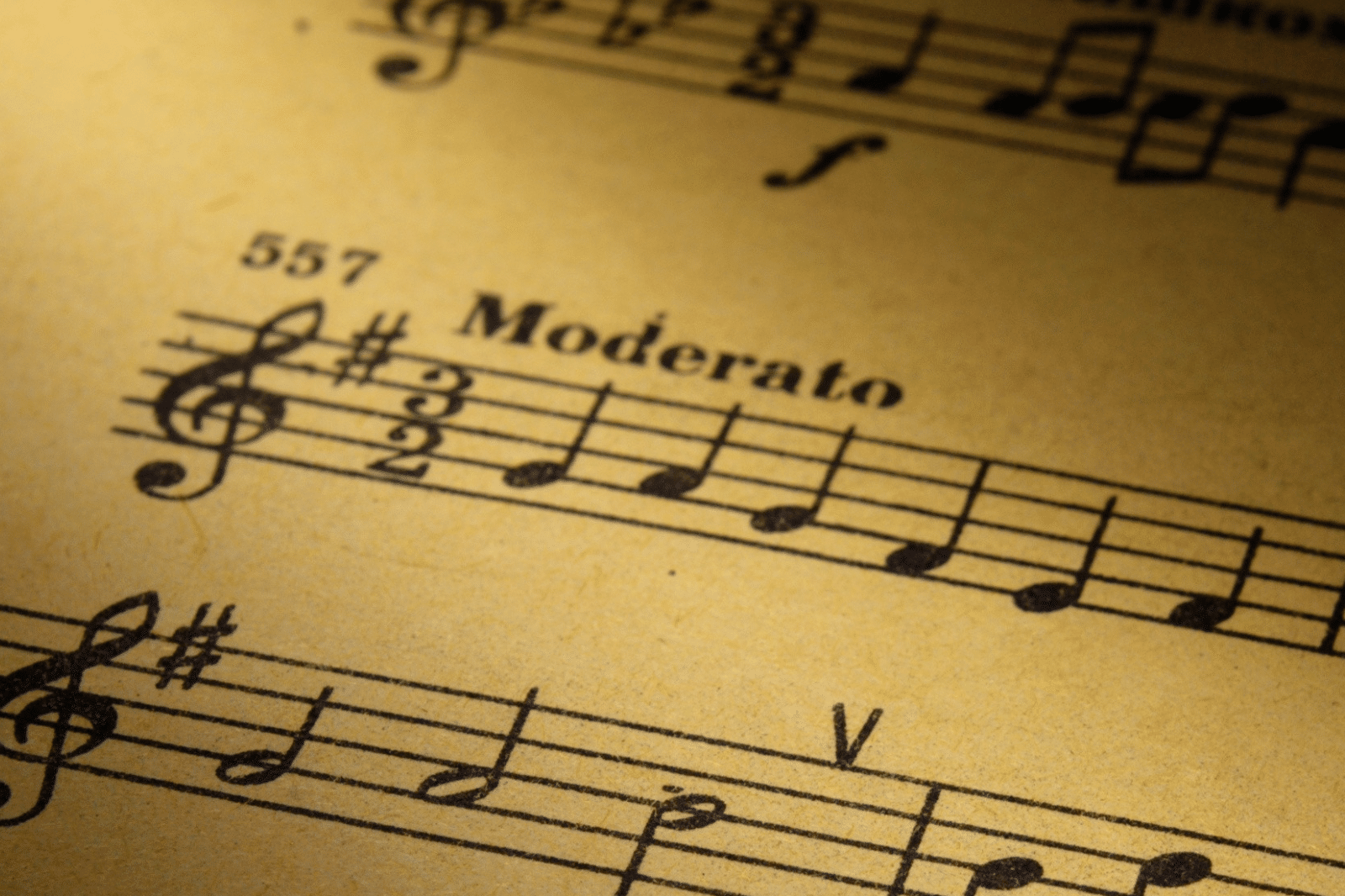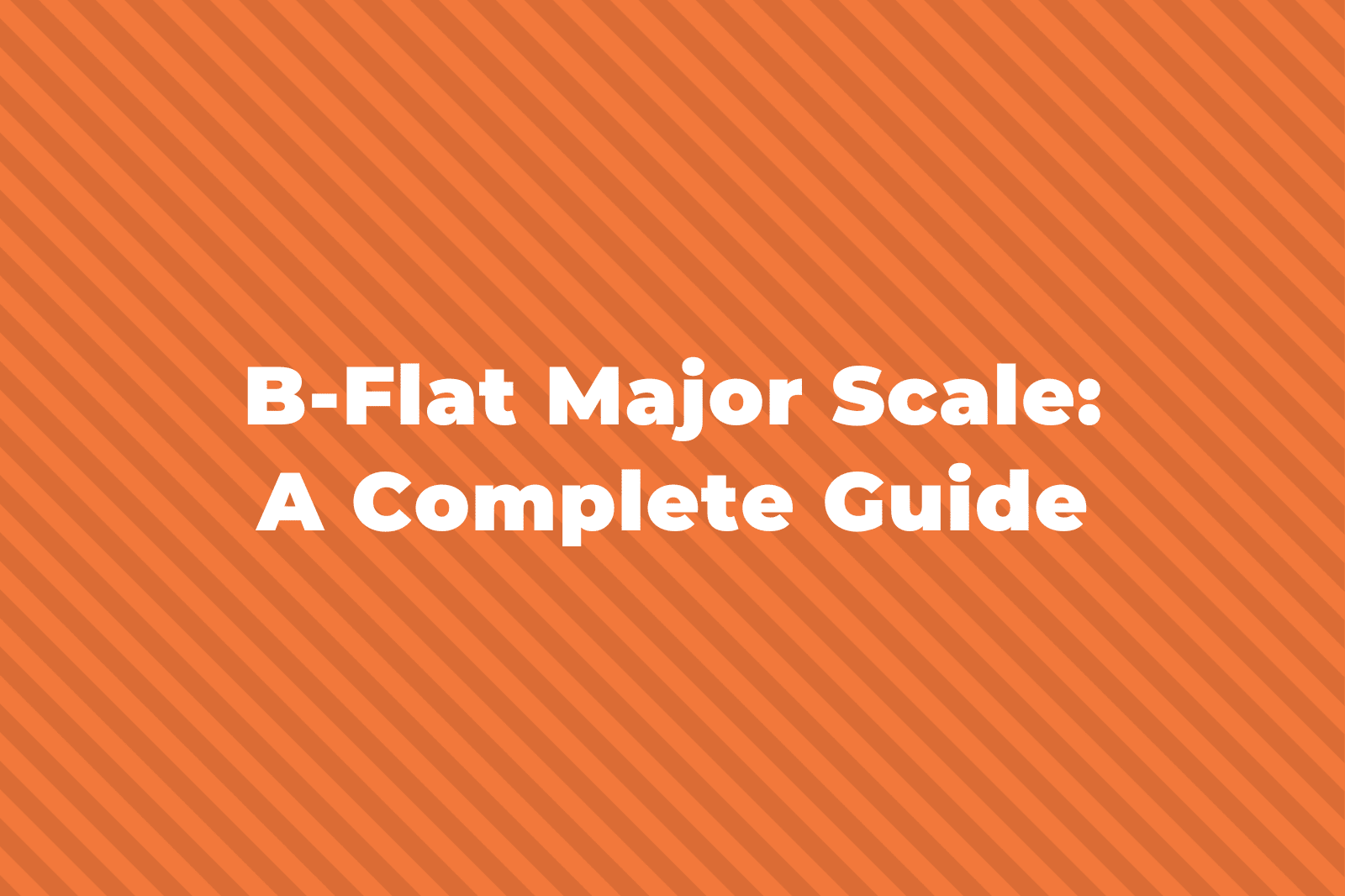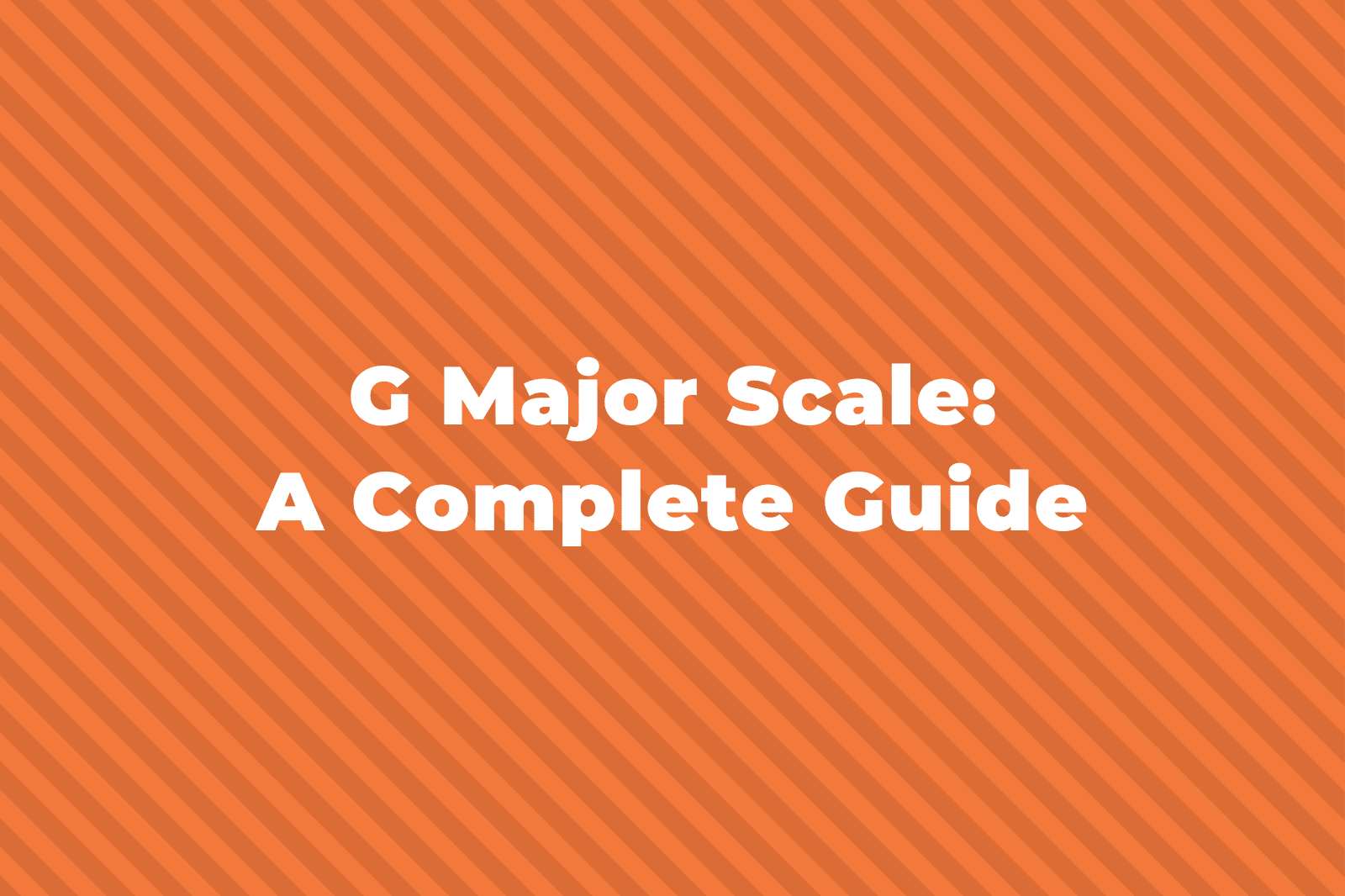Rondo form consists of a “theme” (A) that opens the piece, repeats after contrasting “episodes” (B, C, D, etc.), and closes it. The Italian word rondo derives from the French rondeau which means “a little round”. A piece written in rondo form, then, takes you on a circular musical journey, where you regularly bump into the main theme.
Commonly, the rondo takes the form A-B-A-C-A-B-A. Because of its simple structure, the rondo can appear in pieces that are stylistically very different and in compositions both ancient and modern.
Here are 13 classical and modern songs that use the rondo form.
1. La Raspa – Mexican Dance Tune
La Raspa is a Mexican folk dance that has roots in the city of Veracruz. The catchy melody and easy dance steps make for a fantastic combination, and you’re likely to hear this tune at celebrations around the world.
The melody has trumpets alternating with violins. While the trumpets keep returning with the main theme, the violins usher in fresh material, albeit in the tonic key.
The simplicity of La Raspa makes it easy to understand what rondo form is essentially about.
The version in the video features a pattern of A-B-A-C-A-D-A.
2. Für Elise – L. Beethoven
Bagatelle No. 25 in A minor, a.k.a. Für Elise, is probably one of Beethoven’s most recognized piano pieces of all tie.
Despite its fame, the composition itself has somewhat of an unknown history. It wasn’t actually discovered until 40 years after Beethoven’s death, and the identity of who exactly “Elise” is still a mystery today.
Nevertheless, what is clear is that it is written in rondo form, and to be more specific, 5-part rondo form, with a pattern of A-B-A-C-A.
Beethoven uses simple I-V chords for section A, and the opening melody repeats a total of 16 times in the short piece! Section B brings in subdominant harmony and rhythmic variety. Section C is still more harmonically complex, with pedal tones in the bass and chromaticism in the melody.
3. Rondo alla Turca – W.A. Mozart
The rondo form was formalized in the Classical period, the time of Mozart.
Rondo “alla Turca” or the “Turkish Rondo” is among Mozart’s most popular pieces. It is said to draw inspiration from the music of Turkish Janissary bands.
However, despite the name, ‘Rondo alla Turca’, the structure of the piece is not that simple. In fact, it is what we would call a sonata rondo.
A rondo has the main theme “A” alternating with contrasting episodes. A sonata, on the other hand, has an exposition, development, and recapitulation.
Rondo alla Turca has a pattern of A-B-A-C-D-E-D-C-A-B-A-C-Coda, with:
- Exposition: A-B-A-C
- Development: D-E-D-C
- Recapitulation: A-B-A-C
4. Every Breath You Take – The Police
The iconic song from the 80sEvery Breath You Take won multiple accolades and brought Sting and The Police into newfound fame.
It can be looked upon as a “pop ballad” but from the lens of musical form, it is a good example of a rondo.
The song appears to have a form of A-A-B-A-C-B-A, if you pay attention to the lyrics.
However, if you look closely, between “C” and “B”, section “A” is repeated, albeit without any accompanying words. The song, then, has a structure of A-A-B-A-C-A-B-A+coda.
Have a listen!
5. The Entertainer – Scott Joplin & The Sting
The compositionThe Entertainer by Scott Joplin has roots in American ragtime music as well as Western classical music.
The song was released in 1902 as piano music, but you can find versions of the popular tune for guitar, mandolin, and even instruments like the cello.
The Entertainer, today, enjoys universal fame after featuring in the Oscar-winning film The Sting. In the 1973 film soundtrack, Marvin Hamlisch adapted Scott Joplin’s score for orchestra.
The soundtrack showcases a rondo pattern of: Intro-A-A-B-B-A-C-C-A.
6. March of the Siamese Children – Frank Strozier & King and I
Music in rondo form often displays symmetry and when you have a piece in A-B-A-C-A-B-A form, section “C” can take centre stage.
The King and I, a musical by Rodgers and Hammerstein uses this quality of the rondo masterfully in “The March of the Siamese Children”.
Here, the king introduces his children to their new teacher, Mrs. Anna.
While all his children walk into “A” and “B”, the regal section “C” is reserved for the crown prince alone.
7. Hocus Pocus – Focus
A crowd favourite, Hocus Pocus by the bandFocus is one of the more eccentric pieces of music you’ll hear. It’s got sections for the guitar, flute, accordion, yodelling, and crazy vocalisms.
In a way, it’s hard to predict what you’re going to hear next and as such, the song seems to have no structure.
However, the one common thread through the piece is the opening guitar riff.
If you “focus” on that, then what you have is a song that comprises a riff that repeats (A), with solo sections (B, C, D, etc.) that can be interpreted by the musician/ vocalist liberally.
8. The Raider’s March – John Williams & Raiders of the Lost Arc
The Raider’s March or the “Indiana Jones theme” featured in Raiders of the Lost Ark, a Steven Speilberg film.
The Raider’s March emerged from two themes that John Williams wrote. Steven Speilberg on hearing them asked John Williams if he could use both.
So, the first theme ended up becoming section “A” and the second theme, section “B”.
The film soundtrack has a contrasting section “C” sprinkled in between, giving the score a rondo structure of Intro-A-B-A-C-A.
9. Everything is AWESOME!!! – Shawn Patterson & The Lego Movie
The theme song of The Lego Movie, features a structure that resembles a rondo.
A rondo is actually an instrumental music form harkening back to the classical era.
So, there is a risk when analysing a piece of music from the perspective of the music and lyrics, and trying to fit 21st century electronic/dance music into a form that was in vogue 100s of years back.
Nevertheless, with some caveats you’ll find that the recurring “Everything is awesome” chorus gives the piece a structure of A-B-A-(C+B)-A-D-A.
10. Concerto for Cootie – Duke Ellington
Duke Ellington is one of the greatest Jazz musicians of the 20th century and led and founded the Duke Ellington Orchestra back in the 1920s.
In 1940 the group recorded Concerto for Cootie. “Cootie” refers to Cootie Williams, the group’s solo trumpeter, famous for his “growl” style.
After an introduction, Cootie Williams plays an 8-note melody. This motive will recur throughout the piece and form the material for the main section (A).
The first (B) occurs when Cootie introduces the “growling” effect. The second deviation (C) has Williams playing on the high register with rich accompaniment.
The overall structure you have, then, is Intro-A-B-A-C-A-coda. A lot of Jazz music uses this template: a theme that recurs after solo sections.
11. Colonel Bogey March – Lieutenant F. J. Ricketts
Perhaps the most famous march ever written, Colonel Bogey March is cast in rondo form.
The tune was written in 1914 and is said to be based on Rickett’s experience of a colonel who preferred to whistle a descending minor third rather than shout “fore” when playing golf.
The main theme (A), then, starts in this comical fashion, with each phrase beginning with a minor third.
The march is very simple in its structure and the contrasting episodes “B” and “C” lead to a pattern of: A-B-A-C-A-coda
12. Spring – Antonio Vivaldi
The “Allegro” of Antonio Vivaldi’s Spring has a structure that resembles a rondo. The piece opens with the strings playing with vigour, and this theme (A) will recur time and again in the piece.
Vivaldi ushers in a variety of contrasting material in an effort to paint a picture of a vibrant spring season.
What is interesting is that section A repeats once in a minor key. It isn’t ordinary for the main theme of a classical rondo to appear in other keys.
The main sections, as the video below shows, would more properly be termed “ritornello”, and the rondo is said to have developed from the baroque ritornello form.
13. Responsorial Psalm – Roman Catholic Church
Part of the liturgy of the word, the responsorial psalm lends itself very well to the structure of the rondo.
It has a “refrain” that repeats after every few stanzas of psalm text.
It is normally chanted to “psalm tones”, tunes that derive from Gregorian chant, and while the refrain (A) has a fixed melody, the verses that follow, may or may not have a common tune, depending on the length of each stanza and the creativity of the composer.
If every verse is different from the rest, the responsorial psalm leaves you with a pattern of A-B-A-C-A-D-A, etc. That’s a rondo at every liturgy!
Summing Up Our List of Rondo
We hope this list of pre-classical, classical, and modern songs, including everything from chant and baroque to jazz, pop, rock and electronic, helps you understand rondo form better.
Now that you know what rondo form is you’re likely to spot it as you listen to genres you love.
What’s more, if you are a composer, you can follow great composers in using the rondo form to bring unity and variety to your compositions!



